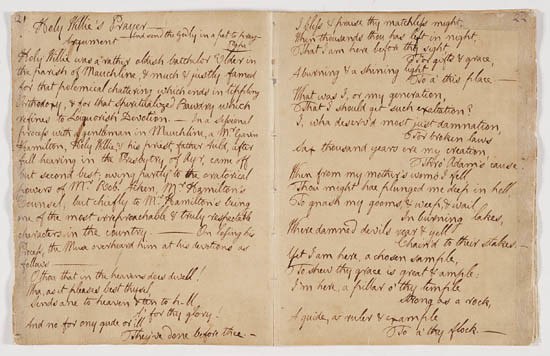At times I lazily select a book based on its title or cover with no specific expectation beyond a momentary “um, this looks interesting” thought. My reading of Tina Connolly’s Ironskin was one of these.
I simply thought,
“Heh… interesting title.”
I hadn’t read too far into the book before thinking it had a Jane Eyre quality to it. Admittedly, it’s been many, many years since I’ve read the classic Bronte novel, but there’s a distinct air, no pun intended, to the ambience of the book. So, I called Sarah and mentioned this very-astute observation, and then she informed me that Ironskin is indeed a steampunk retelling of the classic gothic tale.
Unfortunately, while I enjoyed reading Ironskin, I found the retelling a veneer that I discarded as superfluous and the steampunk elements rather pretentious and under-developed.
Like in the source material, Jane comes to work as a governess at a once-elegant house fallen into disrepair; there’s a strangely haunted and despairing man; an odd child; and they’re all waiting to reveal secrets that lie within, both literally and figuratively.
Ironskin delves into the masks individuals wear to hide from themselves and others. Hiding from reality behind an iron mask to shield her from the power of the fey against whom humans suffered a devastating loss from in a recent war becomes a door to open and release truth and power. Jane’s mask, she comes to realize, is not unlike less obvious ones worn by others. Masks become a motif woven throughout the pages of the novel.
“Perhaps there are more masks like that than we think. A mask you cannot look through…your eyes sealed shut.”
Fey lived in comfortable compatibility with humans furnishing them with technology to power the machinery of their lives. Blue packs flitted from the forest, home of the Fey, into the hands and lives of humans who did not realize that there is a price for everything.
“The forest had a foothold it would not relinquish.”
































